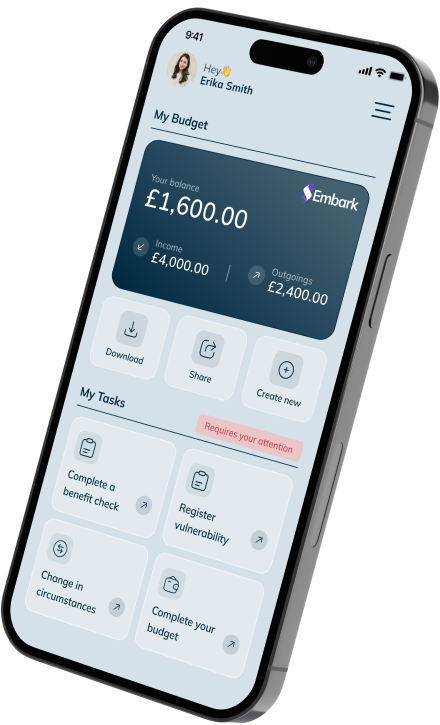As the UK’s leading provider of customer affordability software, we understand the importance of staying at the forefront of technological innovation. And one area that has seen significant advancement in the last decade is artificial intelligence (AI).
Here, Data Scientist, Jack Dexter, focuses on predictive modelling – a branch of AI that allows us to use historical data to make informed predictions about the future. He also explores some of the ways in which we are utilising predictive modelling at Paylink Solutions.
What is predictive modelling?
Predictive modelling refers to the use of statistical algorithms and machine learning techniques to build models that learn from historical data to predict future events. Over the last decade predictive modelling has soared in popularity and it is now routinely used in a variety of applications, including fraud detection in finance, disease diagnosis in healthcare, and personalised marketing in e-commerce.
Confidence Scoring
Some customers completing an I&E (income and expenditure) may provide inaccurate or misleading information, even when open banking has been used. Our state-of-the-art models can be used to analyse customer responses and give a confidence score to each response based on the likelihood that it is accurate.
This can help advisors save time by quickly identifying areas where more information is needed and helping to assess the overall reliability of the customer’s responses. Unusual responses can be flagged for manual review or further discussion with the customer, ensuring that potential signs of vulnerability are identified and that customers are treated fairly with their unique circumstances taken into consideration.
Intelligent Collections
Identifying customers who are at a higher risk of defaulting on their payment plan is a crucial aspect of collections management. Intelligent collections using predictive modelling can help predict which customers are likely to default based on their demographic information and payment history, as well as external factors such as interest rates and energy prices. Organisations can then proactively engage with these customers to find solutions and prevent a default from occurring.
This provides the benefit to the customer of potentially avoiding the stress and inconvenience caused by a default. It can also reduce the workload of collections teams by identifying which customers require the most attention and allowing the team to focus their efforts where they are most needed. Insights gained from this greater understanding of customer behaviour can also be used to implement automated strategies to reduce the chance of future customers falling into arrears.
Conclusion
The use of AI and predictive modelling can help drive customer engagement, identify at-risk customers, provide personalised advice and support, and improve payment collection rates. At Paylink Solutions, we are excited to leverage the potential of these technologies to drive the industry to become more efficient, effective, and customer-focused.








